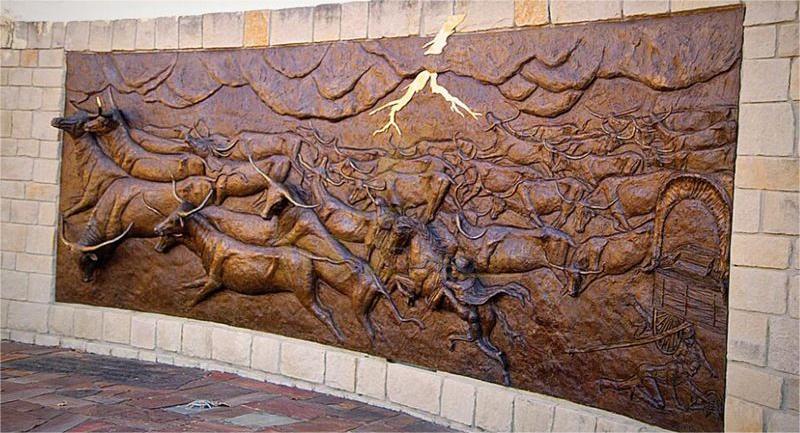Relief sculpture, an art form that has captivated the imagination for centuries, offers a unique blend of dimensionality and storytelling. From high relief to low relief, this artistic expression takes various forms, each with its distinct characteristics. Let's delve into the world of relief sculpture, exploring its types, features, materials, historical development, notable works, and how to appreciate its beauty.

Relief sculpture, often simply called "relief," is a sculptural technique where figures or designs are carved into a flat surface, creating a sense of depth. The artwork remains attached to the background, giving a three-dimensional appearance.
High Relief Sculpture: Characters and elements prominently project from the background.
Low Relief Sculpture: Also known as bas relief, features a shallow depth with minimal projection.
Depicts scenes or figures.
Utilizes shadows and light to enhance depth.
Blends with the background while maintaining a sculptural presence.
Stone: Marble, limestone, and sandstone.
Metal: Bronze, copper, and brass.
Wood: Often used in low-relief sculptures.
Plaster and Clay: Suitable for temporary or mold-making processes.

Architectural Friezes: Embellish buildings with narrative scenes.
Decorative Panels: Enhance interiors with intricate designs.
Monuments and Memorials: Convey historical narratives.
Relief sculpture dates back to ancient civilizations like Mesopotamia and Egypt. Its evolution spans Classical Greece, the Renaissance, and various art movements, showcasing cultural, religious, and societal changes.
Ghiberti's "Gates of Paradise": A masterpiece in the Baptistery of Florence.
Ludovisi Battle Sarcophagus: A Roman sarcophagus with intricate battle scenes.
Study the Composition: Observe how elements interact within the composition.
Consider Lighting: Shadows play a crucial role; observe how light enhances the relief.
Understand Context: Explore the historical or cultural context to interpret the narrative.
In conclusion, relief sculpture offers a rich tapestry of artistic expression, blending form and narrative. Understanding its diverse forms and historical significance adds depth to the appreciation of this captivating art form. Whether adorning ancient temples or modern buildings, relief sculpture continues to leave an indelible mark on the world of art.
Leave a message

Any landscape ideas in your mind, describe to D&Z sculpture team directly, you can imagine we can create.
Copyright © 1996-2024 D&Z Sculpture Co., Ltd. All Rights Reserved | Sitemap |